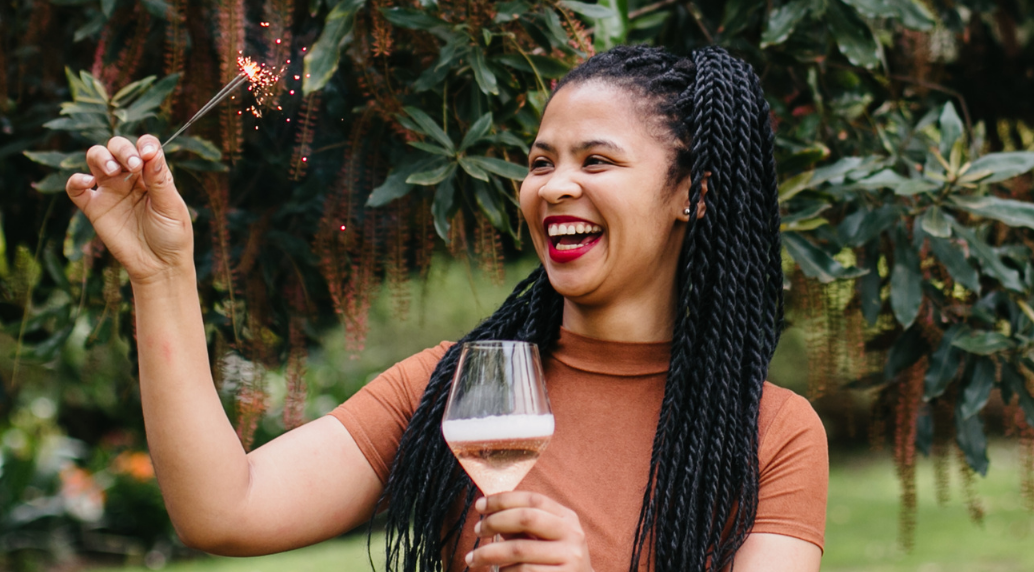“Cap Classique is drunk like we drink lager or chilled beers on a sunny day – it’s an everyday drink and enjoyed with great pleasure,” writes Jones.
The Cap Classique Producers Association under the stewardship of ‘Mr Bubbles’, Graham Beck’s Pieter Ferreira, is celebrating 50 years of South African premium bubbles.
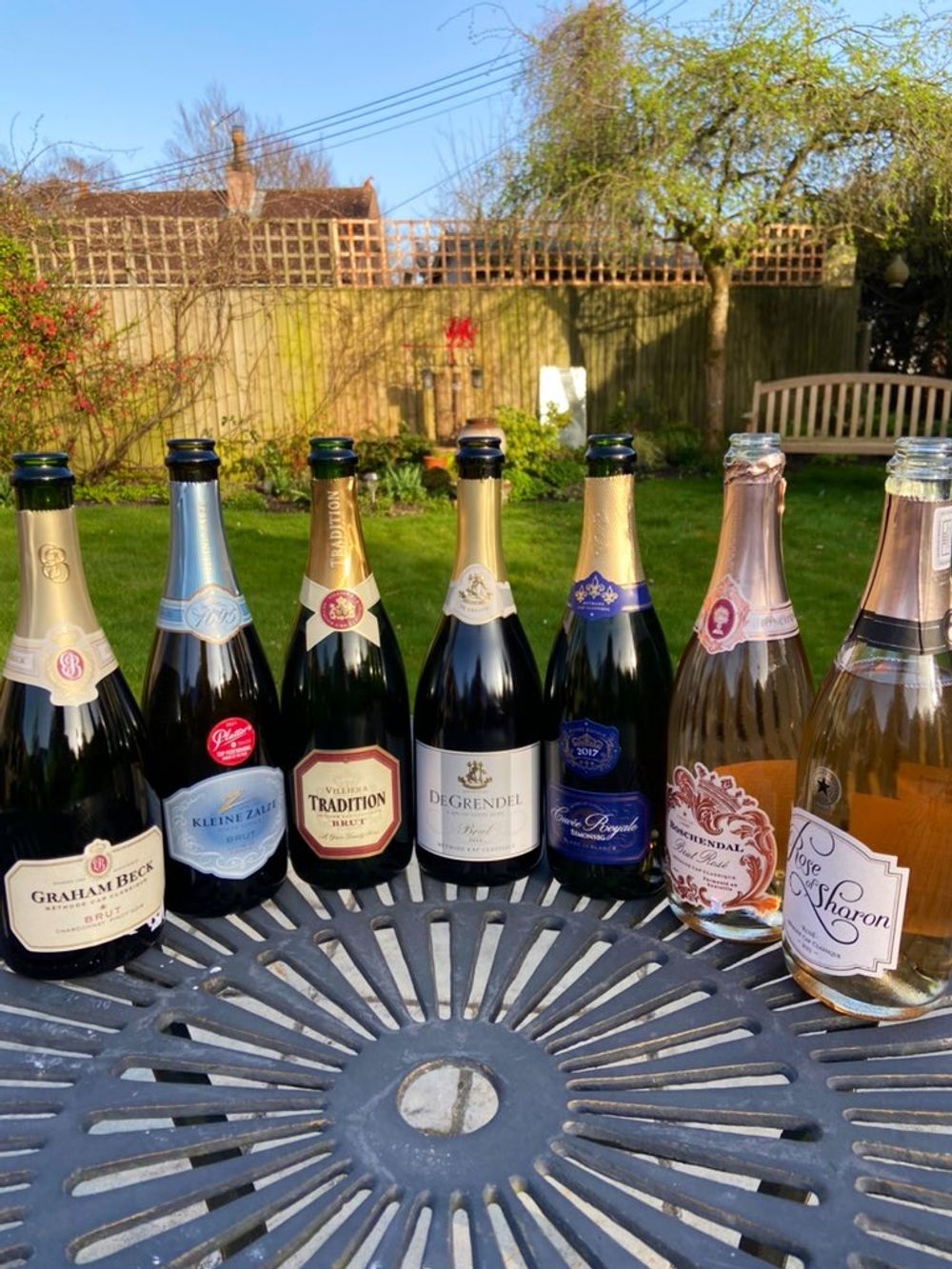
The line-up for the Cap Classique 50 year tasting
Pieter Ferreira has been the cellar master at Graham Beck since 1990, and has been the Olympic flag waver for South African Cap Classique for many years, travelling the globe to promote these wines. Pieter and I have worked together on numerous projects over the last decade promoting these undervalued, quality bubbles coming from South Africa.
You have to be aware that South African ‘Sparkling Wine’ has a different meaning in South Africa, where it relates to the ‘Prosecco’ style (carbon dioxide-injected wine) as opposed to the classic traditional-method (Méthode Champenoise) know as Cap Classique (also referred to as Methode Cap Classique or MCC for short).
Minimum ageing on the lees has recently been changed from nine months to 12 months, which is shorter than the traditional English Sparkling, although many producers age for longer, even up to 60 months, and new regulations are being sourced to control this even more.
Simonsig released the first Cap Classique in 1973 under the name Kaapse Vonkel (Cape Sparkling), based on Chenin Blanc. Since then there have been many changes with Blanc de Blancs highlighting the quality that can be produced in the Cape. The first South African sparkling wine, however, was made further back in 1929; called Grand Mousseux Vin Doux it was made from Chenin and Clairette Blanche, was very sweet and pumped with carbonic gas, like a fizzy drink, and was the market leader right up until the 1980s.
Last week Ferreira hosted a Zoom Celebration with six other Cap Classique producers including Jeff Grier from Villiers Wines and Johan Malan from Simonsig.
Seven Cap Classique wines were shown, highlighting the diversity, value and quality available. There are 84 members in the association and, although a huge 85% of all Cap Classique produced is sold in South Africa, the UK has seem the biggest increase in sales in recent times, although it lags behind the hugely impressive sales of still South African wines in the UK. With prices starting from £10 a bottle these Cap Classique wines are a bargain and sit in a perfect place between Prosecco and English Sparkling or Champagne.
So how were the ‘top 7’ wines tasting?

Graham Beck, Brut NV
The best selling Cap Classique in the UK and priced around £10 currently, this is Graham Beck’s ‘calling card’, which first released in 1991 and served at Nelson Mandela’s inauguration.
It’s a classic Chardonnay and Pinot Noir blend, aged on its lees for 18 months, although lockdown has increased this. Fresh clean biscuit, Chardonnay to the fore with a gentle Pinot background, the one we tried was disgorged in 2019 (details are always listed on the back label). This is a classic sunshine wine with a lemony biscuit aftertaste, fresh apple skin, light and crisp and very similar to English Sparkling.

Kleine Zalze Brut N.V
Fresh fruit-forward, very juicy, citrus and rounded, enticing, full malolactic fermentation, berries and texture, hints of matchstick. Again, a great drink for the sun.
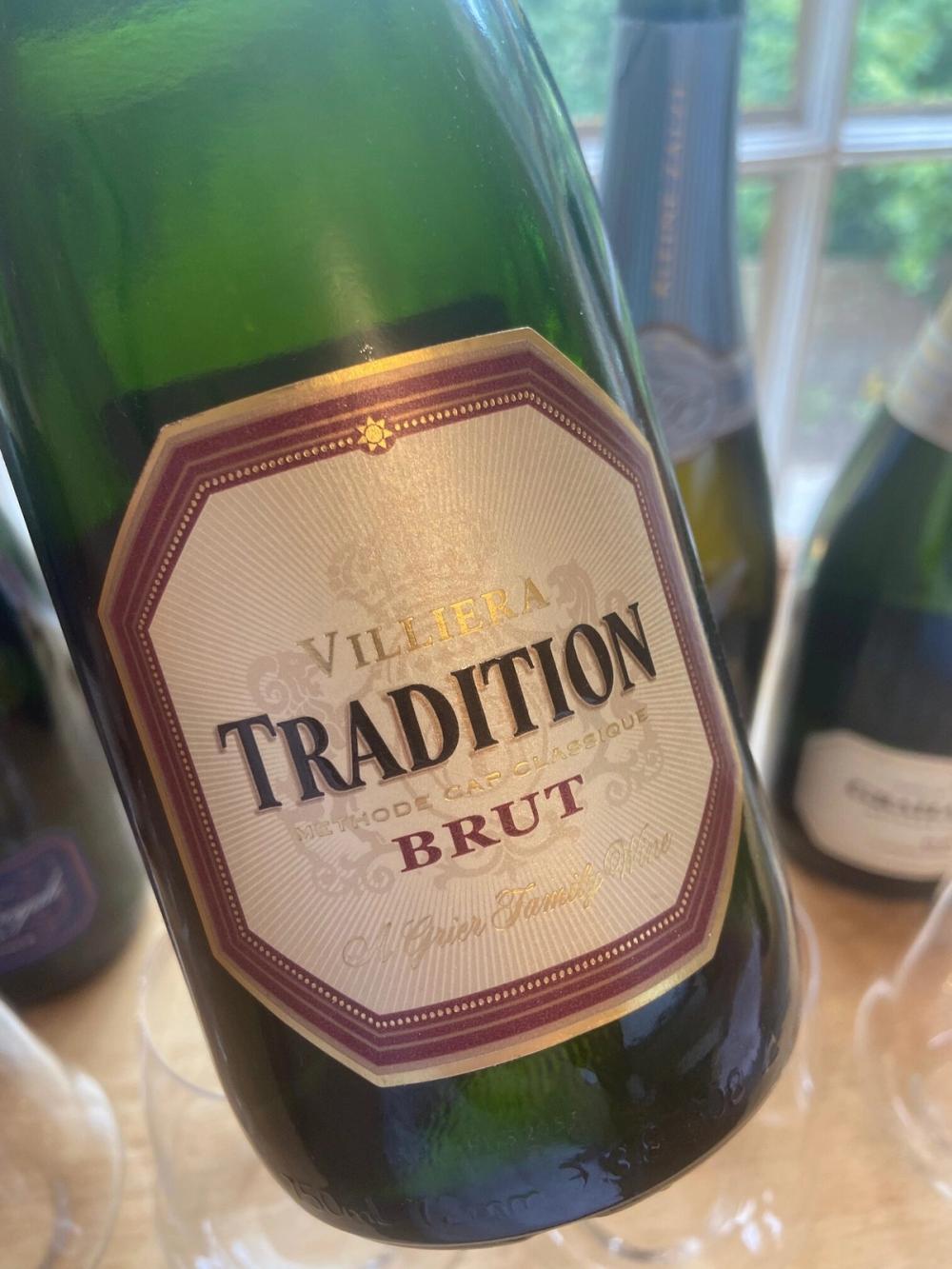
Villiera Tradition Brut Cap Classique
Villiera was one of the first Cape producers to get involved with the Champagne region and hired a champenois, Jean-Louis Denois, as a consultant to produce the estate’s first traditional-method fizz in 1984.
This is a step up, more serious, hand picked, whole-bunch fermented, full malo, 18 months on lees, restrained elegance, with a nod to Champagne, gentle beeswax on the nose, honeyed, savoury, herbaceous. Beautiful nose, elegant and very approachable, fresh and focused. Great as an aperitif or with some oysters.

De Grendel, Brut 2016
Lemon zesty, citrus, white grapefruit on the front, clean, focused, only 2000 cases made, there are some spices and a touch of butter, still quite dry and focused, evolving well, needs a juicy steak to complete the experience.
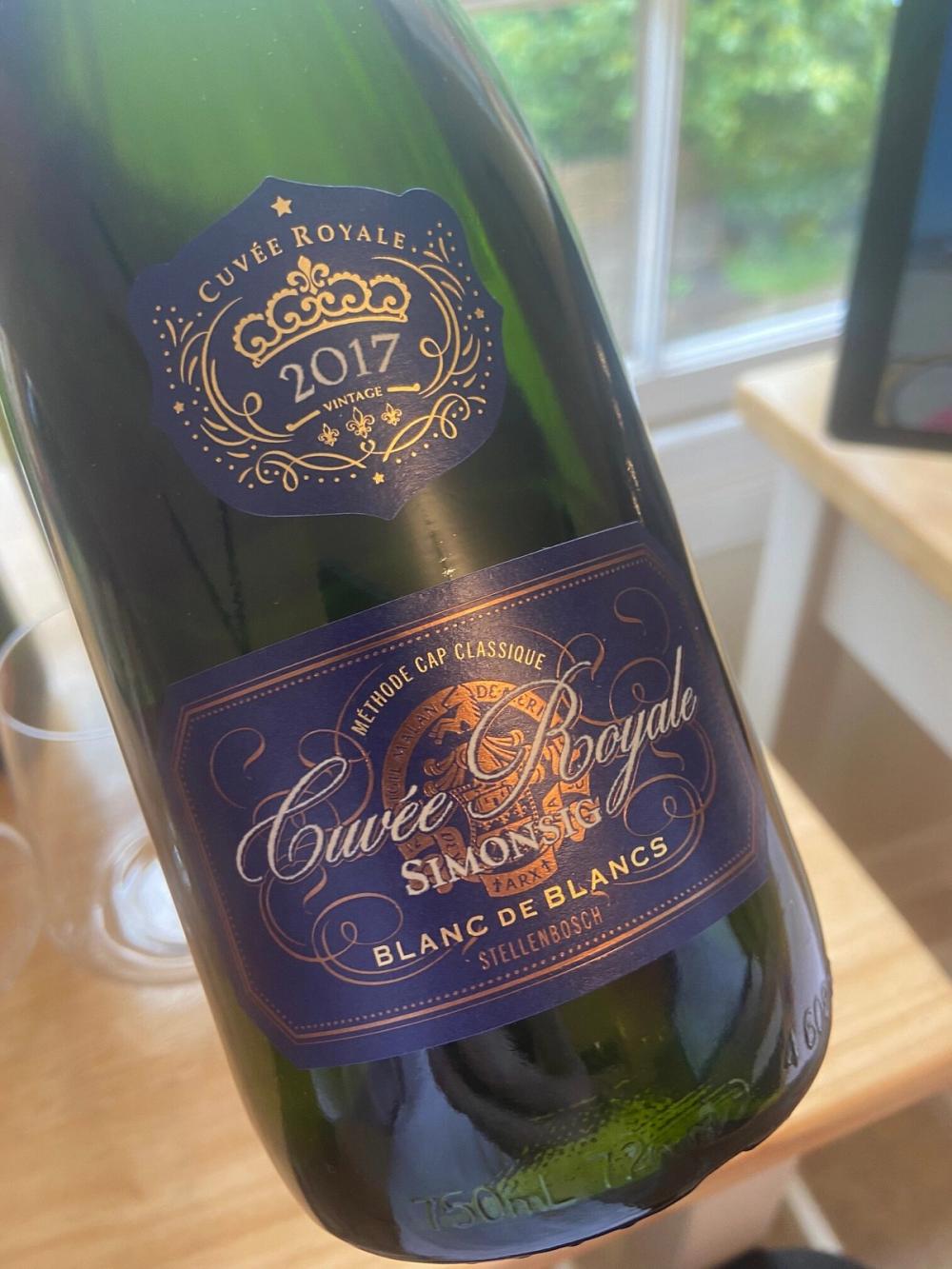
Simonsig, Cuvée Royale, Blanc de Blancs 2017
Chardonnay-led, with a lovely perfumed nose, fresh on the palate, evolving beautifully, layered and textured, bright and focused, with decent length and elegance, touch of spice and cedar toast. I swapped this into a Chardonnay glass and what a revelation! lime, lemon brioche, asparagus and butter, with a hint of lemon curd, this is crying out for char-grilled wild sea bass – a beautiful, luxurious style.
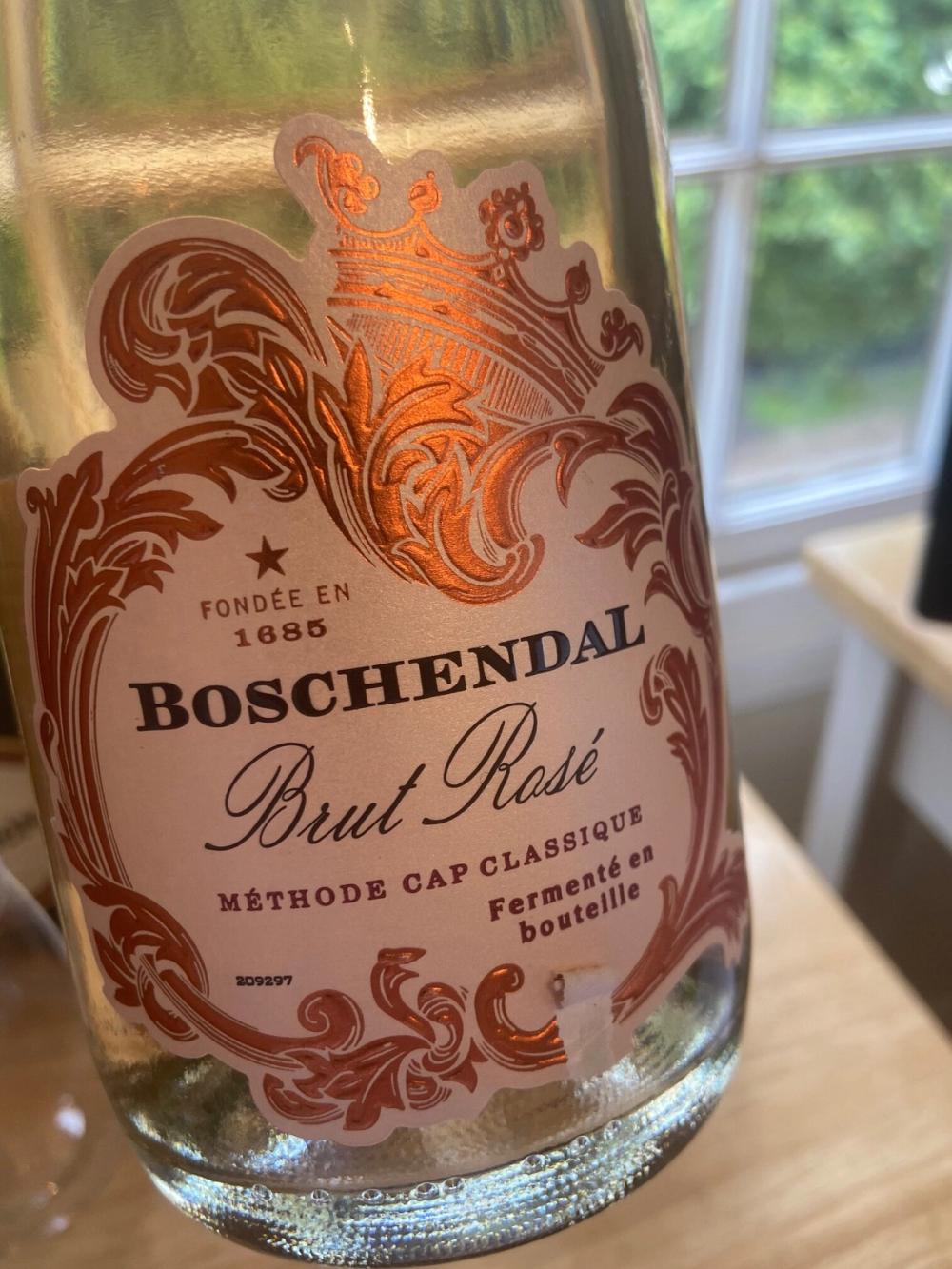
Boschendal, Brut Rosé Non Vintage
Combining 60% Pinot Noir and 20% Chard0nnay with 10% Pinotage and 10% reserve (back vintages) added. Very pleasant, fresh and zippy rosé, some tinned berries, clean and fresh on the palate, bright and focused, some texture, hint of framboise and frais de bois on the mid-palate, definitely a food style and would be great with tempura cod.

Domaine Des Dieux, Rose of Sharon, 2011
Based in Hermanus, with serious intentions of making a Champagne style, (worth noting that its Claudia Cap Classique is exceptional); Domaine des Dieux’s wines are sourced from its own 20 hectares of vines, and have high acidity and beautiful freshness (even with age) due to a maritime influence from the coast and the hilly region they are in. This 2011 rosé defies its age and is a fabulous, delicate win that shouts out for food such as spring lamb. Very much in the Provence Rosé style, its flavours remind me of Whispering Angel.
And so in conclusion….
The tasting was just a snapshot of what the Cape can produce, and if you ever visit South Africa you will note that Cap Classique is drunk like we drink lager or chilled beers on a sunny day – it’s an everyday drink and enjoyed with great pleasure. I urge you to go out there and widen your horizon and purchase some Cap Classique bubbles.
Roger Jones is the Ambassador to the Champagne & Sparkling Wine World Championships, a regular visitor to South Africa before the pandemic, and an IWSC Panel Chair for South Africa.
